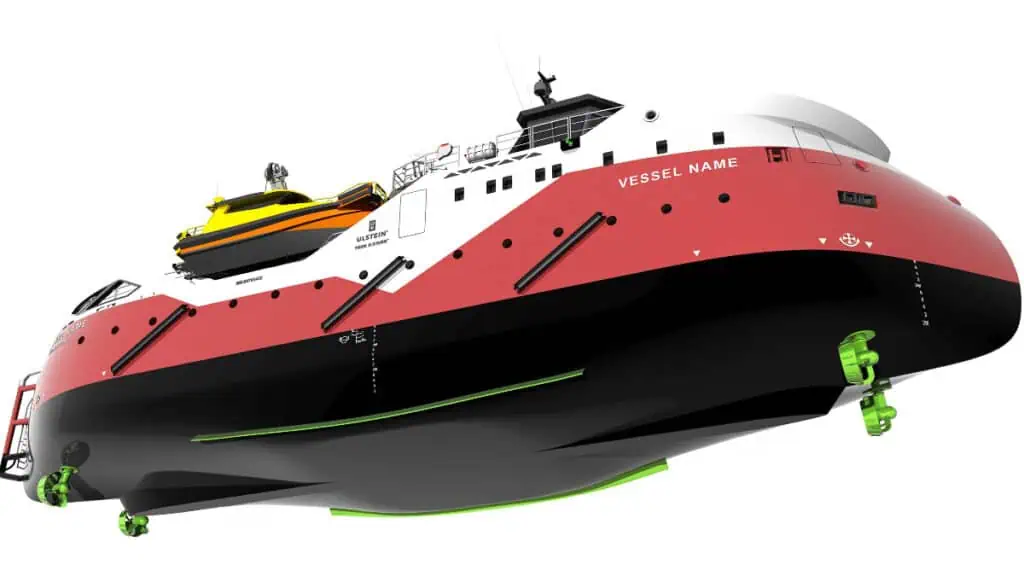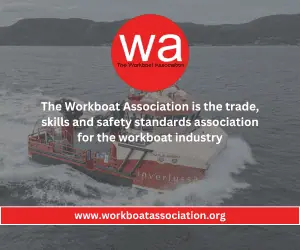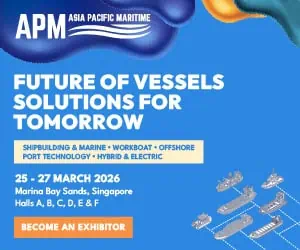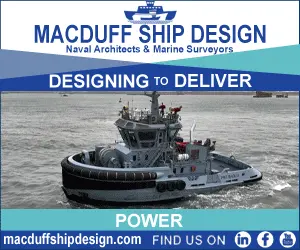Norway’s Ulstein Group unveil the ULSTEIN SX250, a groundbreaking walk-to-work (W2W) vessel designed to revolutionise offshore wind service industry. Bridging the gap between Crew Transfer Vessels (CTVs) and Service Operation Vessels (SOVs), the SX250 offers a CAPEX-smart solution that reduces building costs by over 50% compared to traditional SOVs, while maintaining the majority of key functionalities and operability.
As the offshore wind industry faces rising costs and logistical challenges, the ULSTEIN SX250 provides a versatile, cost-effective, and sustainable alternative for servicing small to medium-sized wind farms, wind farms in benign to moderate sea states, and shallow water locations. It also serves as an ideal supplement to SOVs during peak maintenance periods, such as summer campaigns.
The ULSTEIN SX250 is based on the proven TWIN X-STERN solution, which ensures high operability and excellent seakeeping capabilities. It measures 47 meters in length and 12.5 meters in width, accommodating between 32 to 40 individuals on board (POB). The vessel has a maximum speed of 10 knots and can operate in conditions of up to 2 meters significant wave height (Hs).
Safety is a major focus, with people and goods transferred via a basket in an Offshore Passenger Transfer System (OPTS), Bring-to-Work System, or conventional gangway.
The vessel can be customised with different arrangements and topside equipment, allowing it to adapt to various operational needs and making it easy to repurpose for new tasks. The vessel concept design relies on existing off-the-shelf hardware and technologies to ensure effective W2W operations while reducing CAPEX and OPEX.
Depending on operational needs, various setups can include a gangway system for personnel/goods, a daughter craft, a deck storage container, a work or observation ROV, or a fast rescue craft/workboat.
The ULSTEIN SX250 Ulstein’s New Approach to Walk-to-Work Vessels is designed to meet the needs of the offshore wind service industry, offering a cost-effective and versatile solution. It is also more environmentally friendly, significantly reducing material consumption during the shipbuilding phase compared to a Service Operation Vessel (SOV). Additionally, it lowers fuel consumption during operations. Its reduced energy consumption facilitates the transition to zero-emission operations by enabling the integration of alternative fuels.












